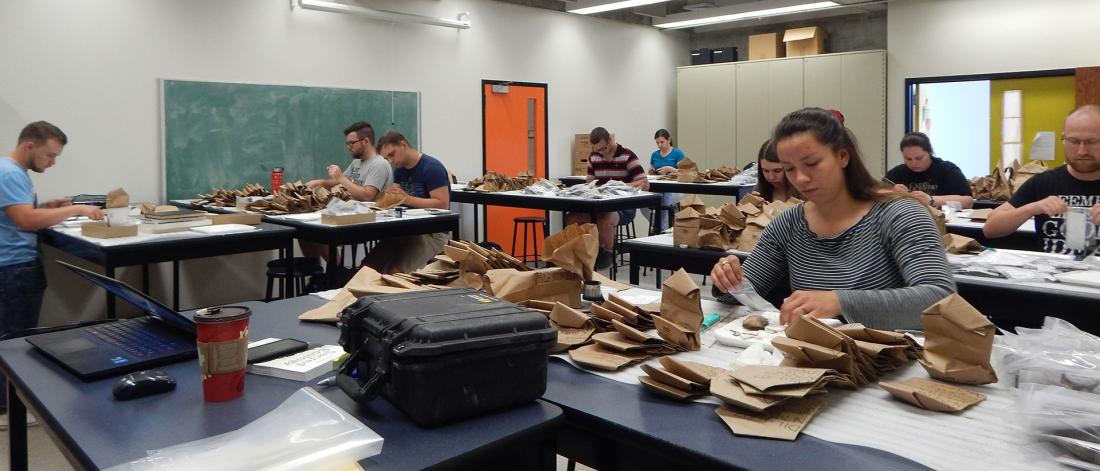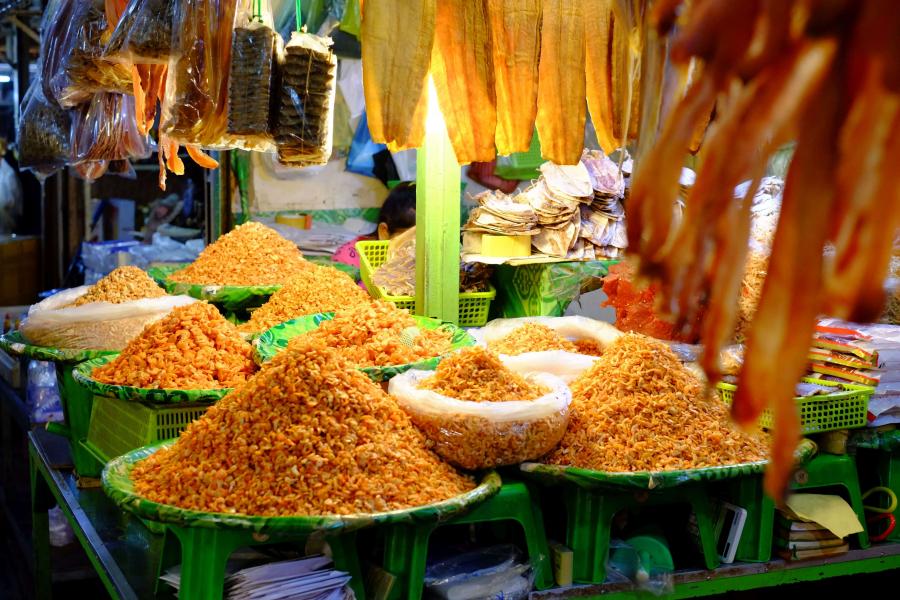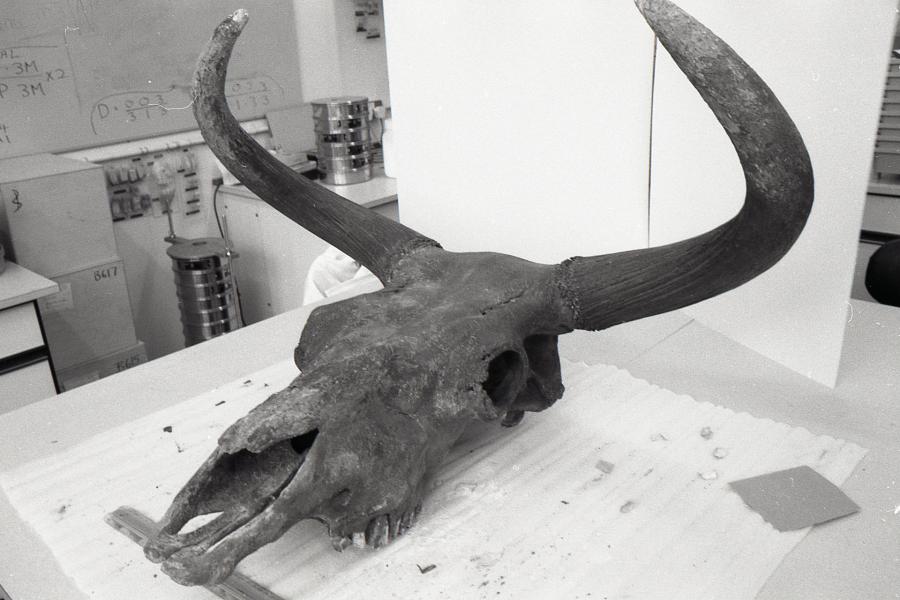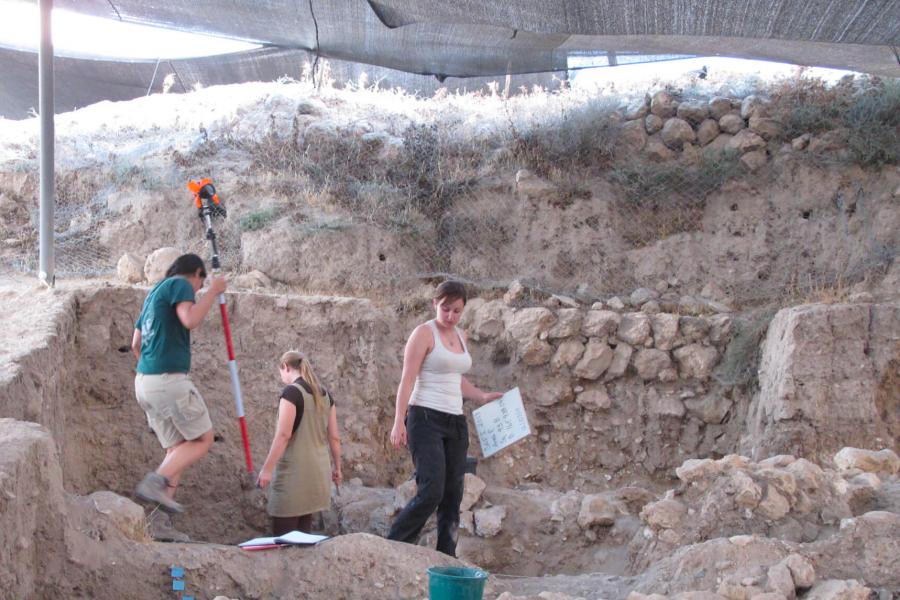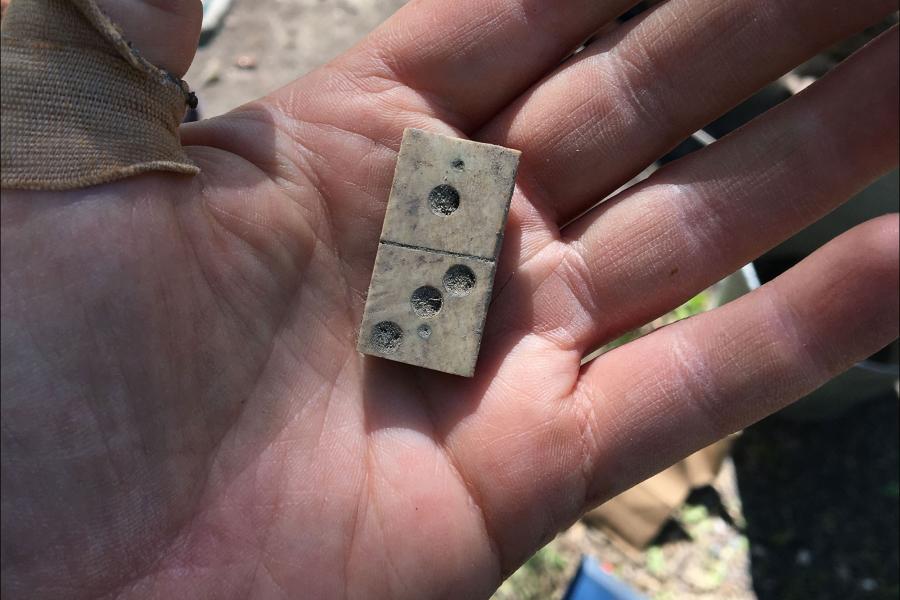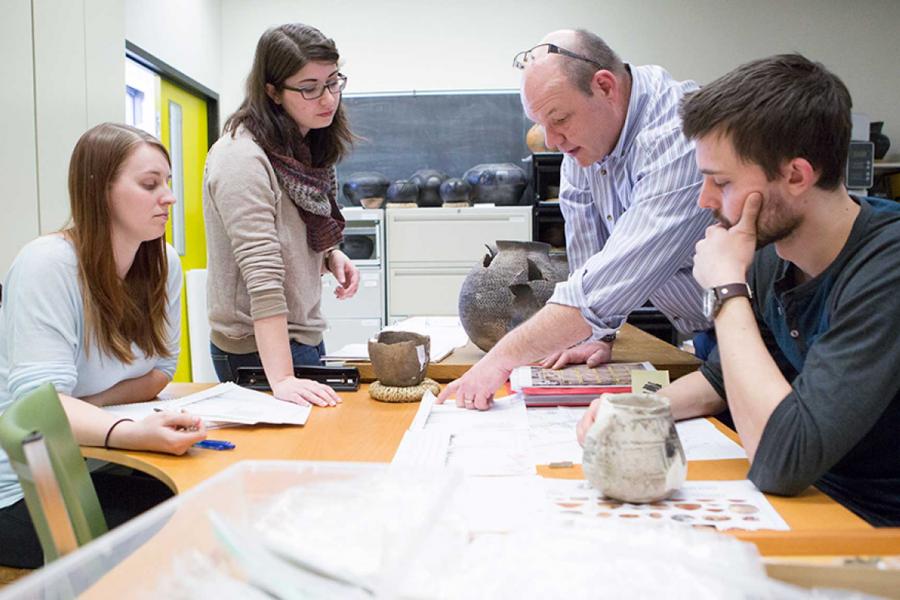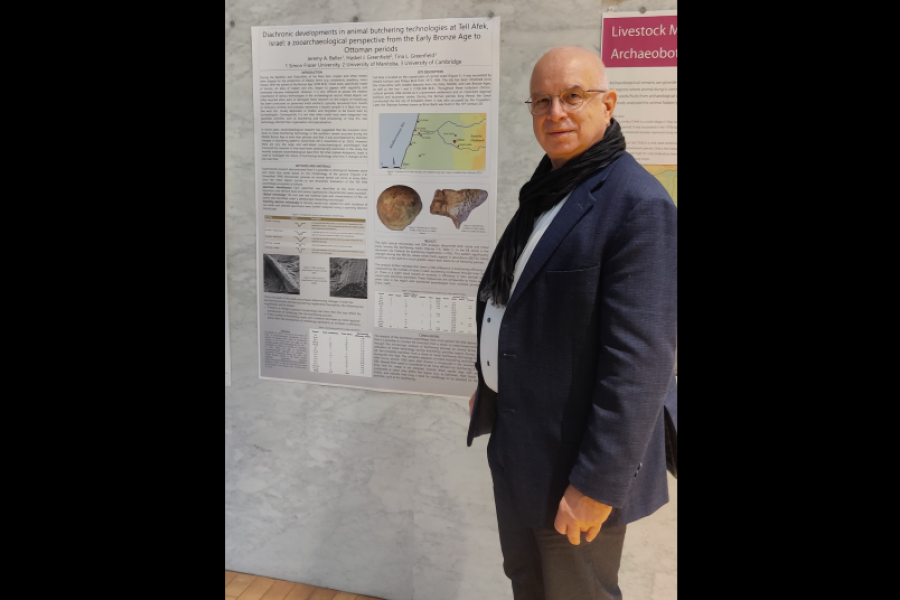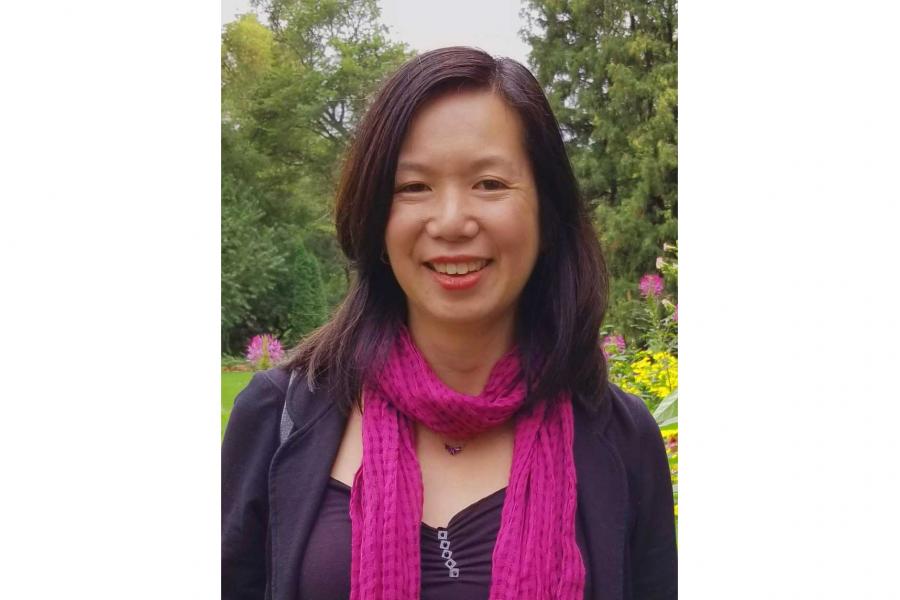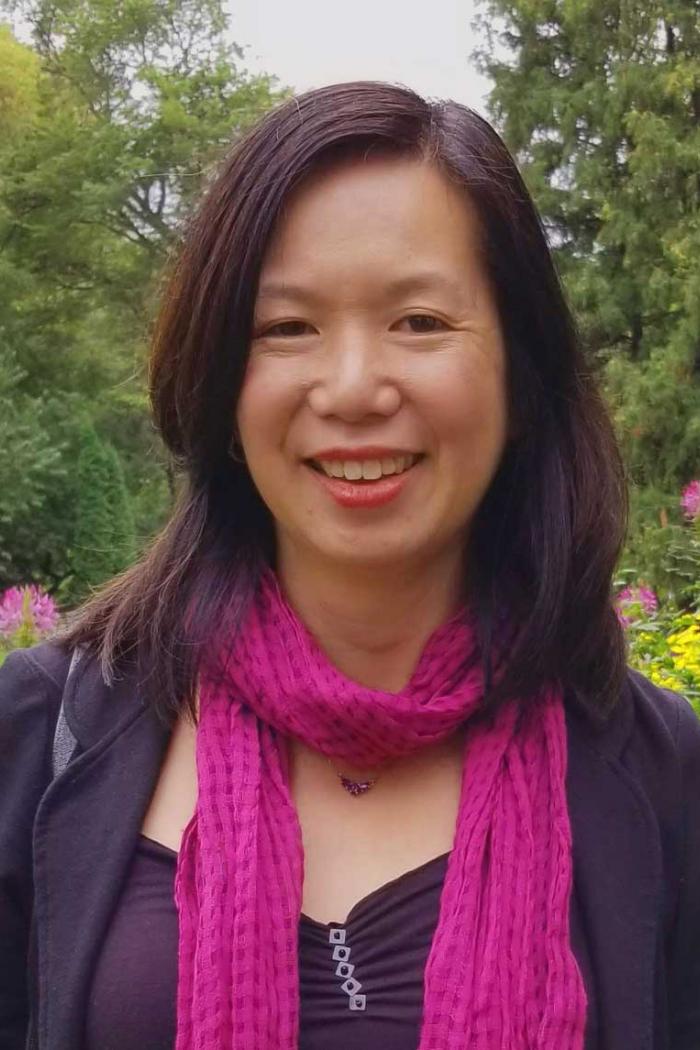Human to Human
Human to Human is a limited podcast series exploring the topic of 'what is anthropology?' through conversations with students and faculty in the Department of Anthropology at UM. The aim is to demystify what the study of anthropology is for the general public, but also to shed light on what it looks like to study human culture in today’s world, and why anthropological work remains a meaningful field of study.
Host: Sarah Schur, Arts undergraduate student
Graphic artist: Chris Mulligan
The podcast is a limited series of 8 episodes released biweekly on Mondays (starting December 19, 2022). You can listen on UMFM or where ever you get your podcasts.
Listen to the podcast on 101.5 UMFM

